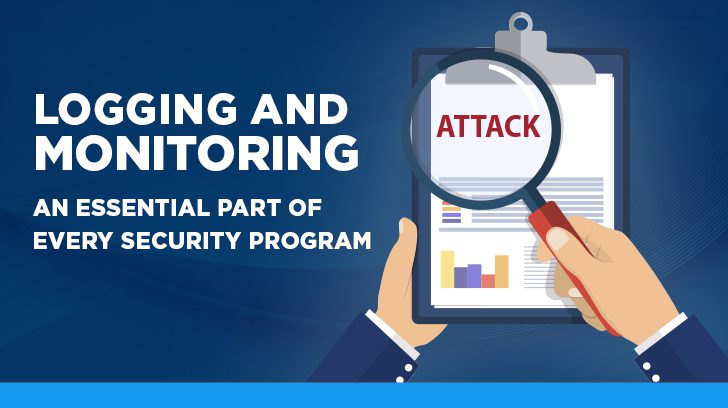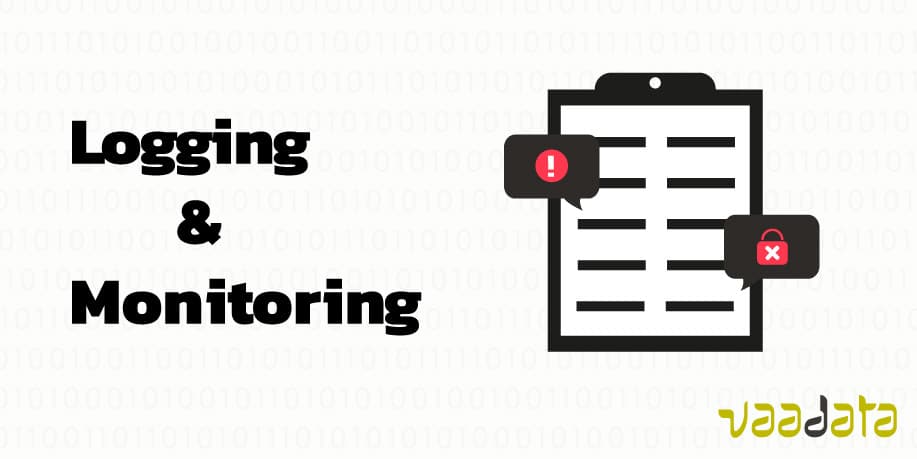Logging And Monitoring In MikroTik RouterOS Best Practices
In today's era of constantly evolving technology, network and security logging and monitoring have become more important than ever. With increasing threats to online security, businesses need to be proactive and take the necessary steps to mitigate risks. In this post, we will discuss the challenges associated with network and security logging and monitoring and best practices to address them. Before we dive into the details, let's define what we mean by network and security logging and monitoring. Logging refers to the process of capturing and recording data, including system events, application logs, and network traffic. Monitoring, on the other hand, involves analyzing these logs in real-time to detect security incidents, anomalies, and potential threats. Now, let's look at some of the challenges businesses face while implementing effective network and security logging and monitoring practices. 1. Data Overload One of the biggest issues with logging and monitoring is the sheer volume of data generated. With so many devices and applications in use, businesses can find themselves overwhelmed with data, making it challenging to identify important security events. It is crucial to have a system in place that can efficiently filter and prioritize logs to focus on critical events. 2. Log Management and Storage Storing and managing logs is another challenge for businesses. As the volume of data increases, it becomes more challenging to store logs efficiently and quickly retrieve them in case of an incident. It is essential to have a centralized logging system that can store, index, and retrieve logs quickly and efficiently. 3. Log Accuracy and Integrity Logs are only valuable if they are accurate and trustworthy. It is essential to ensure that logs are tamper-proof and not susceptible to manipulation. Businesses must ensure that logs are collected and stored securely to prevent unauthorized access. 4. Incident Response and Remediation Finally, businesses must have a robust incident response and remediation plan in place to respond quickly and effectively to any security incidents. This plan should include steps to contain the incident, investigate the root cause, and take appropriate corrective action. Now that we have discussed the challenges let's move on to the best practices for effective network and security logging and monitoring. 1. Define Log Requirements The first step in implementing effective logging and monitoring practices is to define the logging requirements. This includes identifying what logs to collect, how to collect them, and what to do with them once collected. Businesses must ensure that the log requirements align with their security policies and compliance requirements. 2. Centralized Logging and Management As mentioned earlier, having a centralized logging solution is critical to effective logging and monitoring. This solution should centralize all logs in one place and provide quick and efficient access to them. It should also include features such as log search, filtering, and visualization. 3. Real-time Analysis and Alerting Real-time analysis and alerting are essential components of effective security monitoring. This involves the use of automated tools and techniques to identify security incidents and alert the responsible parties immediately. Businesses can use techniques such as anomaly detection, behavioral analysis, and machine learning to identify potential security incidents proactively. 4. Continuous Improvement Effective logging and monitoring are not a one-time exercise. It is an ongoing process that requires continuous improvement. Businesses should review and update their logging policies and procedures regularly. They should also assess their logging and monitoring practices' effectiveness periodically and identify areas for improvement. In conclusion, network and security logging and monitoring have become critical components of a comprehensive cybersecurity strategy. Businesses must prioritize these practices and implement them effectively to mitigate security risks. By defining logging requirements, using a centralized logging solution, using real-time analysis and alerting, and focusing on continuous improvement, businesses can establish effective logging and monitoring practices. 




logging monitoring continual seemingly


mikrotik router

logging definitions vaadata
Post a Comment for "Logging And Monitoring In MikroTik RouterOS Best Practices"